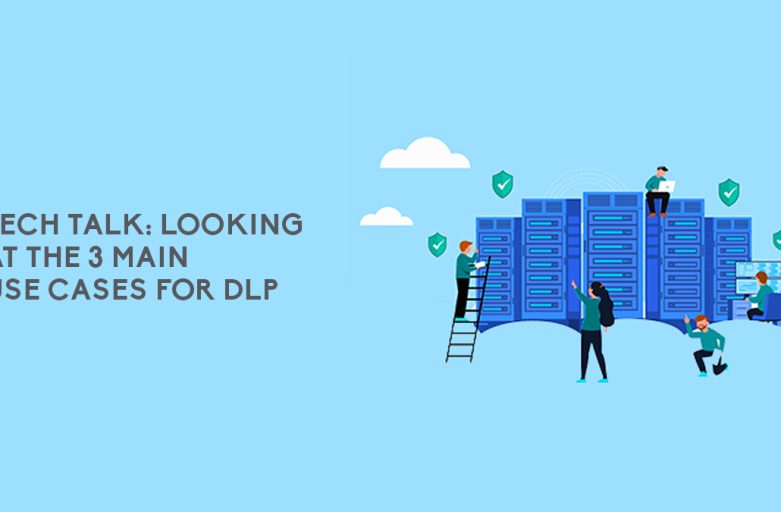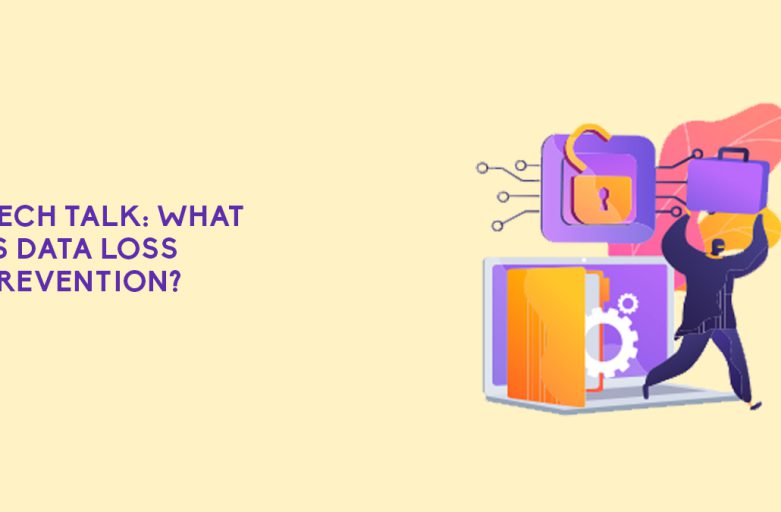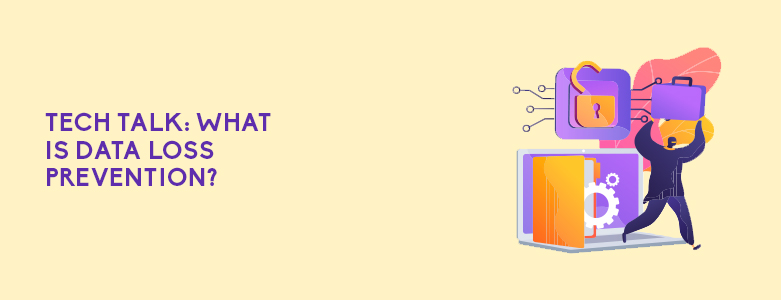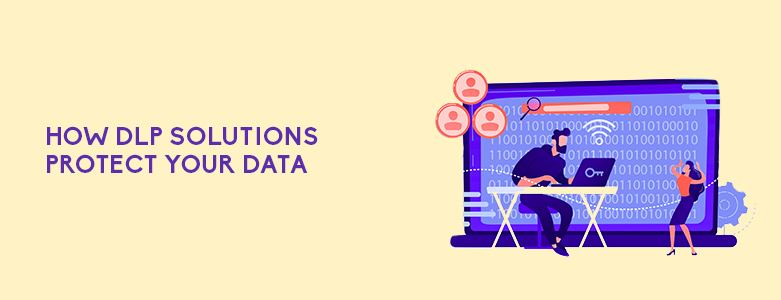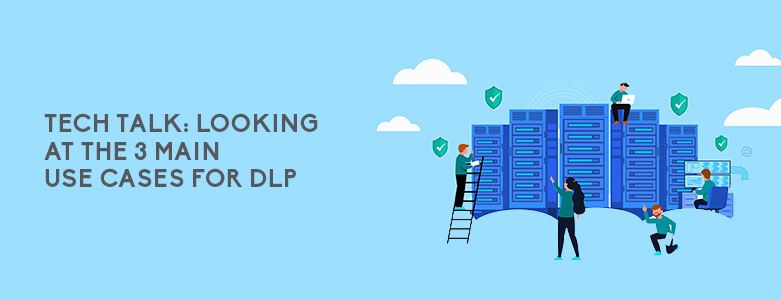
When discussing Data Loss Prevention (or DLP), many would assume that it is more of a problem for the physical infrastructure. Organizations don’t consider that even the cloud can carry risks of DLP as their mindset of human error or data corruption. We went into more detail in our previous article, that DLP covers more than just that and in the earlier stages was referred more as Data Leakage prevention. This is why when remote work was the only option in the past years, as much as 70% of companies suffered from data loss from sources like data breaches, cyber-attacks, and corporate espionage (as per the HIPAA Journal).
DLP solutions at its core, helps protect your data while:
It is in use – by securing data in endpoints or applications while users actively access them or by controlling access to sensitive data
It is in motion – by protecting data by encrypting it while it is being transmitted or through email and messaging security tools.
It is at rest – by protecting stored data while it is in the cloud, databases or any kind of storage through access control, encryption or data retention policies
From the above examples we can already infer what kind of use cases the DLP solutions solve. Let’s now take a closer look at these use cases.
Personal Information Protection / Compliance
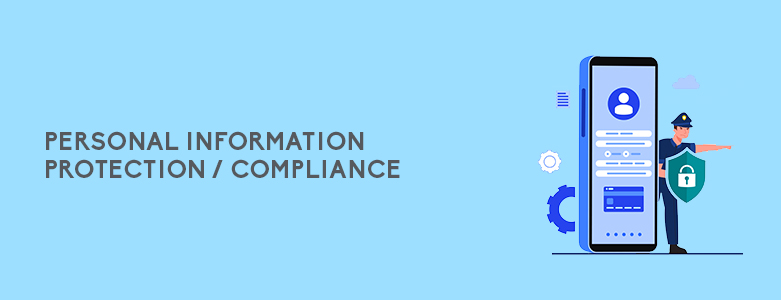
Organizations that collect or store sensitive data like Personally Identifiable Information (PII), Protected Health Information (PHI), Payment Card Information (PCI), etc. is one use case. DLP solutions can help organizations identify, classify, and tag sensitive data while monitoring activities and events. The reporting features as well of most solutions can help provide the details needed for compliance audits.
IP Protection
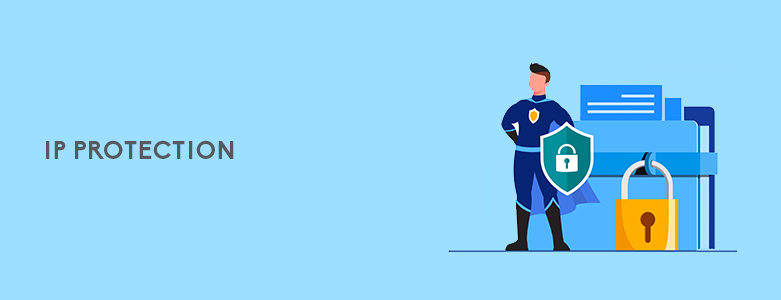
Another use case would be organizations that have important intellectual property or trade secrets. Losing or having these data stolen could have a tremendous impact on the business and could even mean its inevitable closure. DLP solutions can use context-based classification to monitor data within your network and combined with policies and control, can prevent the unwanted exfiltration of sensitive data.
Data Visibility
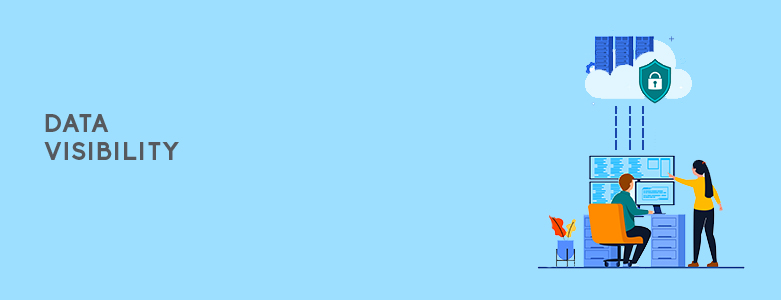
Some organizations want to know how their data is moving and how it is being used by their users. A comprehensive DLP solution can help you monitor and track your data whether they are on endpoints, the network, or in the cloud. This allows your IT team to gain visibility into how your individual users in your organization interact with your data.
Prevent Data Loss With Forcepoint
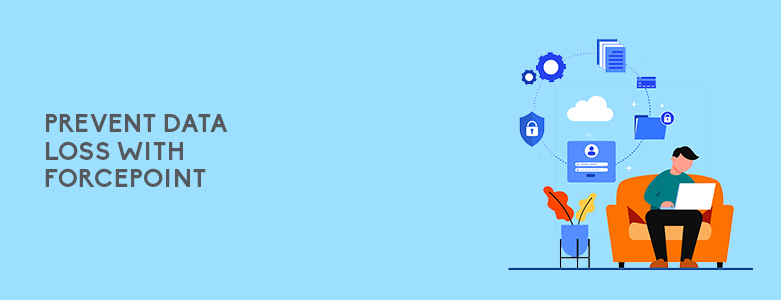
If your company fits any of the use cases above, then DLP solutions such as Forcepoint can benefit your company. Forcepoint not only includes all the solutions given above in each use case but has additional benefits to keeping your data secure. Forcepoint can report and evaluate all incidents generated by your policies and alert you based on their risk score. It also has the flexibility to integrate and support different third-party solutions like Citrix ShareFile by scanning the content and even scan endpoints like laptops to find sensitive data and apply the appropriate policies for them.
If you are interested in learning more about DLP solutions like Forecepoint or if you want to learn more on how we can help implement a DLP solution for you, you may contact us at marketing@www.ctlink.com.ph!

